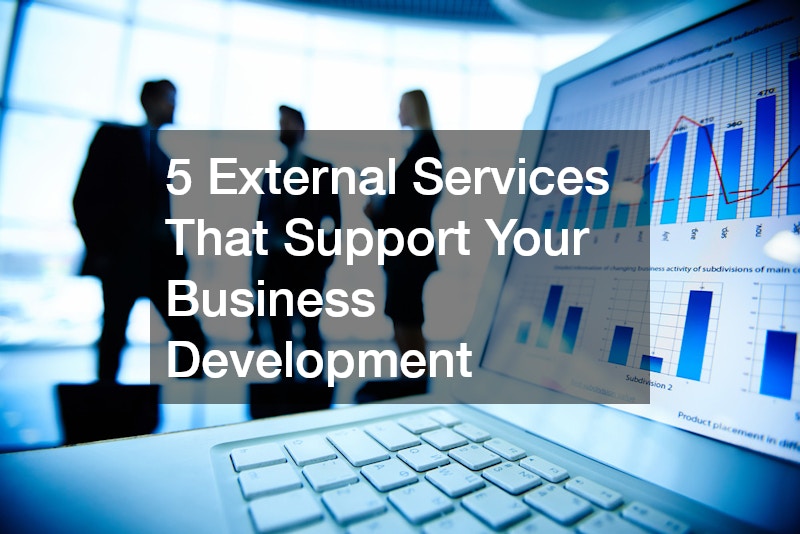Starting a logistics business in Australia can be a rewarding venture, especially in an era where globalisation and e-commerce are rapidly evolving. This comprehensive guide will walk you through the essential steps to establishing a successful logistics business. From market research to regulatory compliance, we’ll cover everything you need to know.
1. Conduct Market Research

Market research is critical to understanding industry trends, customer needs, and market dynamics in Australia’s logistics sector.
Identify Market Needs
Begin by analysing the demand for logistics services in your region. Identify key industries reliant on logistics, such as retail, manufacturing, healthcare, and e-commerce. Understanding their unique challenges will help you tailor your offerings.
- Retail: Efficient supply chain management is crucial for Australian retailers. Offer reliable inventory management, order fulfilment, and distribution solutions.
- Manufacturing: Manufacturers require seamless logistics for production schedules. Provide services to streamline raw material procurement, production logistics, and goods distribution.
- E-commerce: Success in e-commerce relies on quick and accurate order fulfilment. Tailor your services to include same-day delivery, reverse logistics, and efficient return management.
- Healthcare: The healthcare sector requires specialised logistics solutions, such as temperature-controlled transport for pharmaceuticals and medical supplies.
- Automotive: Automotive logistics involves managing complex supply chains. Provide services that cater to manufacturers, dealers, and aftermarket suppliers with precise inventory control.
Analyse Competitors
Study your competitors’ strengths, weaknesses, pricing, and customer feedback. This analysis will help you position your business effectively and identify opportunities to offer superior services.
2. Develop a Business Plan
A well-structured business plan serves as a roadmap, outlining your goals, strategies, and financial projections.
Executive Summary
Provide an overview of your logistics business, including your mission, services, and objectives. Highlight your unique value propositions and market opportunities.
Business Description
Detail your company’s structure, target markets, and services. Discuss your specialisations, such as freight transport, warehousing, or inventory management, and explain how they address industry needs.
Operational Plan
Outline your operational processes, including fleet management, warehouse logistics, and technology use. Highlight key locations and their accessibility to transportation hubs like airports and ports.
Risk Management Plan
Identify potential risks, such as fluctuating fuel prices or supply chain disruptions. Develop contingency plans and secure insurance tailored to logistics operations, including liability and cargo coverage.
3. Choose a Niche
Focusing on a specific niche within the logistics market can help you stand out and build expertise.
Specialised Services
Consider offering niche services like refrigerated transport or hazardous material handling.
Identify Market Gaps
Look for underserved areas in the market, such as sustainable logistics solutions that reduce carbon footprints. Addressing these gaps can position your business as an innovative leader.
4. Register Your Business

Proper registration ensures your business complies with Australian laws and is recognised as a legal entity.
Business Structure
Choose a structure, such as a sole proprietorship, partnership, or company. Each option has implications for liability, taxation, and compliance. Consult with an accountant or legal adviser to determine the best fit.
Licences and Permits
Obtain the necessary licences and permits, including vehicle registration, commercial driver licences, and environmental permits. Ensure compliance with local, state, and national regulations.
5. Secure Funding
Adequate funding is essential to cover startup costs and ongoing operations.
Startup Costs
Identify costs such as purchasing vehicles, leasing warehouses, hiring staff, and investing in technology. Budget for unexpected expenses like vehicle repairs.
Funding Options
Explore funding sources, including bank loans, grants, and private investors. Present a compelling business plan to secure investments. Highlight your competitive advantages and projected returns.
6. Choose the Right Location
Strategic location selection can significantly impact your operational efficiency and customer satisfaction.
Strategic Positioning
Locate your facilities near transportation hubs like ports, highways, and rail terminals to reduce transit times and costs.
Warehouse and Office Space
Ensure your warehouses are equipped with essential features such as security systems, adequate storage capacity, and loading docks.
7. Purchase Vehicles and Equipment
Investing in the right vehicles and equipment is critical for smooth operations.
Vehicle Fleet
Purchase or lease a fleet suitable for your services, including trucks, vans, and specialised vehicles. Consider factors like fuel efficiency, maintenance costs, and load capacity.
Material Handling Equipment
Equip your warehouses with forklifts, pallet jacks, and other essential tools to ensure efficient operations.
8. Build a Skilled Team
A skilled and motivated team is the backbone of a successful logistics business.
Hiring Strategy
Develop a hiring strategy to recruit drivers, warehouse staff, and administrative personnel. Partner with local employment agencies to find qualified candidates.
Training and Development
Provide ongoing training to keep your team updated on industry trends and technologies. Well-trained employees enhance efficiency and customer satisfaction.
9. Implement Technology
Leverage technology to streamline operations and maintain a competitive edge.
Logistics Management Software
Invest in software for inventory tracking, route optimisation, and real-time monitoring. This improves operational efficiency and integrates seamlessly with other systems.
GPS and Telematics
Use GPS and telematics systems for real-time fleet tracking. This allows you to monitor vehicle performance, optimise routes, and provide accurate delivery updates to customers.
10. Establish Partnerships
Building strong partnerships with suppliers, carriers, and logistics providers can enhance your service offerings.
Supplier Relationships
Collaborate with reliable suppliers to ensure a steady flow of materials and goods.
Logistics Network
Partner with freight forwarders, warehousing specialists, and distribution providers to offer comprehensive logistics solutions.
11. Develop a Pricing Strategy
A competitive and profitable pricing strategy is key to attracting customers and sustaining your business.
Cost Analysis
Analyse fixed and variable costs to determine your break-even point.
Market Pricing
Study competitors’ pricing and align your rates to reflect the quality of your services.
Value-Based Pricing
Highlight the benefits of your services, such as real-time tracking and customer support, to justify premium pricing.
12. Ensure Safety and Regulatory Compliance
Adhering to regulations and maintaining safety standards is critical for smooth operations.
Regulatory Compliance
Stay updated on Australian regulations for transportation, labour, and environmental standards.
Safety Protocols
Implement safety measures, including regular vehicle maintenance, employee training, and workplace safety protocols.
Final Thoughts
Starting a logistics business in Australia requires careful planning, strategic decision-making, and a commitment to quality. By following this guide, you can establish a successful logistics operation that meets the needs of Australian industries and customers.


